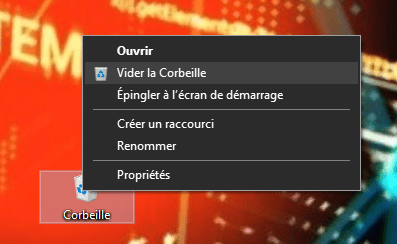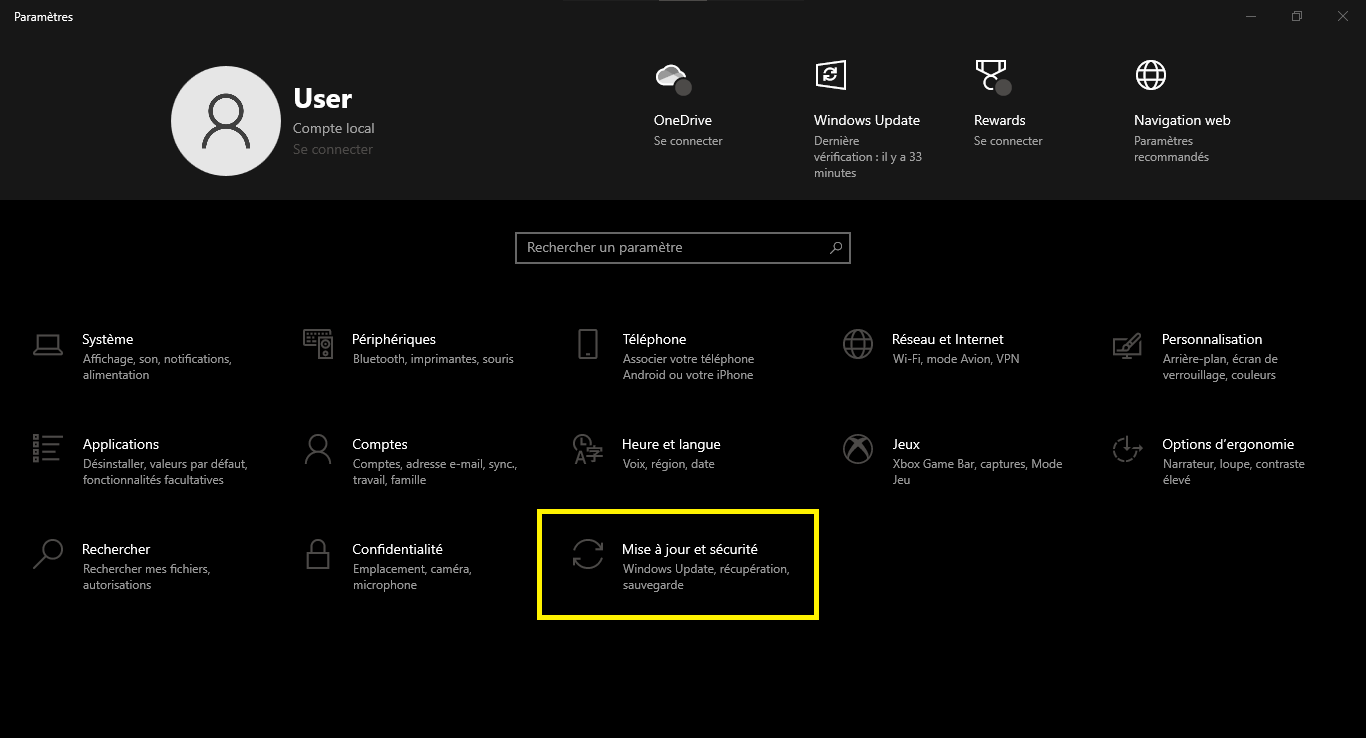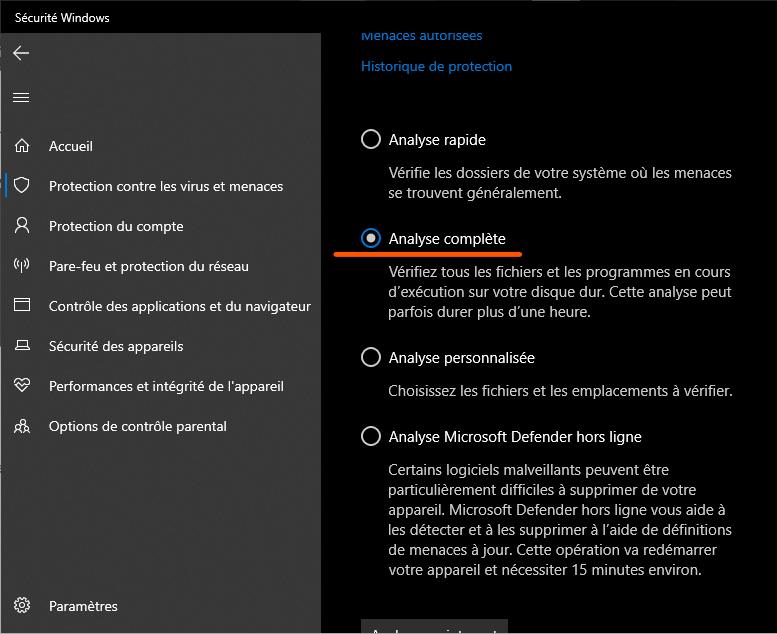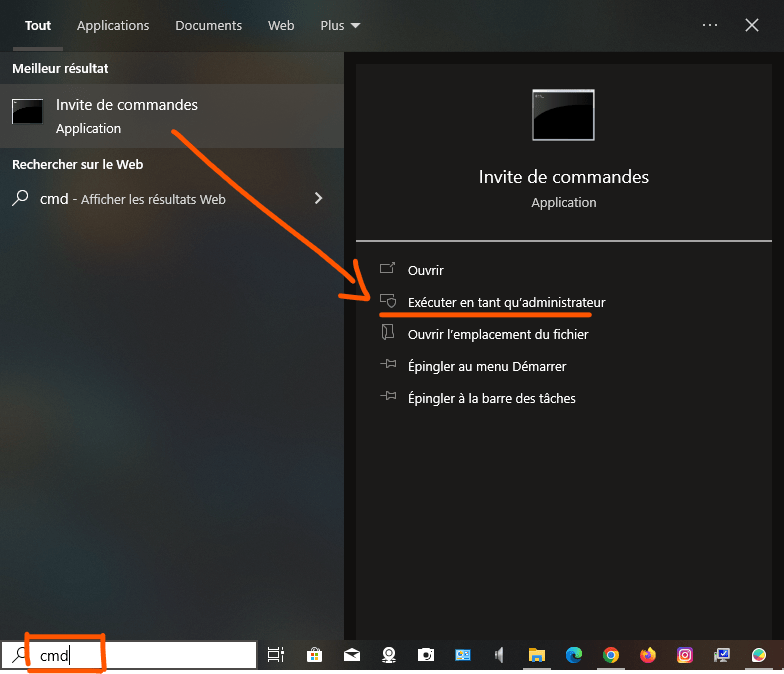Have you ever encountered an error message that tells you that a program has stopped working because of an Appcrash problem? Wondering what this term means and how to solve it? Don't worry, in this article we will explain what an Appcrash is and give you 7 possible solutions to fix it.
What is an Appcrash?
 An Appcrash is an error message that appears when Windows detects that a program cannot run correctly and crashes. It could be due to several reasons like corrupted file, virus, compatibility issue, conflict with other software, etc. For example, if you try to install the drivers for your NVIDIA graphics card and you encounter the error message “ NVIDIA installer cannot continue ”, it means that there is an Appcrash issue with the installer.
An Appcrash is an error message that appears when Windows detects that a program cannot run correctly and crashes. It could be due to several reasons like corrupted file, virus, compatibility issue, conflict with other software, etc. For example, if you try to install the drivers for your NVIDIA graphics card and you encounter the error message “ NVIDIA installer cannot continue ”, it means that there is an Appcrash issue with the installer.
The Appcrash error message usually contains the name of the program that crashed, the name of the failing module, the operating system version, and the exception code. This information can be useful in identifying the cause of the problem and finding a suitable solution.
How to fix Appcrash?
There is no universal solution to repair an Appcrash, as it can have different origins. However, here are 7 solutions you can try to fix the Appcrash issue:
Solution 1: Clean your Windows Recycle Bin

The first thing to do is to clean your WindowsRecycle Bin, as it may contain junk, temporary or obsolete files that can slow down your computer or cause errors. For this, you can use Windows built-in Disk Cleanup tool or third-party software like CCleaner.
To use the WindowsDisk Cleanup tool, follow these steps:
- Open File Explorer and right-click on the hard drive where Windows is installed (usually C:).
- Select Properties and click the Disk Cleanup button.

- Check the boxes of the files you want to delete and click OK.

- Restart your computer and check if the Appcrash issue is resolved.
Solution 2: Free your computer from viruses
A virus can be the cause of an Appcrash because it can damage or modify system files or programs. It is therefore important to protect your computer with an up-to-date antivirus and to perform regular scans.
Windows 's built-in antivirus ( Windows Defender ), follow these steps:
- Open Windows Settings and click Update & Security.

- Click Windows Security and select Virus & Threat Protection.
- Click Scan options and choose a full or custom scan.

- Click Scan Now and wait for the scan to complete.
- If the antivirus detects threats, follow the instructions to remove or quarantine them.
- Restart your computer and check if the Appcrash issue is resolved.
Solution 3: Repair your system files
A corrupted or missing system file can cause an Appcrash because it prevents the program or operating system from functioning properly. To repair your system files, you can use the System File Checker (SFC) tool built into Windows.
To use the System File Checker (SFC) tool, follow these steps:
- Open Command Prompt as administrator. To do this, you can type cmd in the search box on the taskbar, then right-click Command Prompt and choose Run as administrator.

- In the Command Prompt window, type the command sfc /scannow and press Enter. This command will scan all protected system files and replace damaged or missing files with a hidden copy in a compressed folder under %WinDir%\System32\dllcache. The %WinDir% symbol represents the folder where Windows is installed, for example C:\Windows.
- Do not close the Command Prompt window until the scan is complete. The scan results will be displayed once the process is completed.

- When the scan is complete, you may see one of the following messages:
- Windows Resource Protection found no integrity violations. This means that no system files are missing or damaged and you do not need to take any further actions.
- The Windows Resource Protection program found damaged files and successfully repaired them. This means that some system files have been fixed and you need to restart your computer for the changes to take effect.
- The Windows Resource Protection program found damaged files, but was unable to repair all of them. This means that some system files could not be repaired and you need to check the CBS.log file for more details. You can access this file by typing the command findstr /c:“[SR]” %windir%\Logs\CBS\CBS.log >“%userprofile%\Desktop\sfcdetails.txt” in the command prompt, and then by opening the sfcdetails.txt file on your desktop.
Solution 4: Use compatibility mode
If the Appcrash problem occurs with a program that was designed for an earlier version of Windows, there may be a compatibility issue between the program and your current version of Windows. To resolve this problem, you can try running the program in compatibility mode, which allows Windows to simulate an older environment for the program.

To use compatibility mode, follow these steps:
- Right-click the program icon that caused the Appcrash problem and choose Properties.
- Click the Compatibility tab and check the Run this program in compatibility mode for box.
- Select the version of Windows for which the program was designed from the drop-down list. For example, if the program was created for Windows XP, choose Windows XP Service Pack 3.
- Click OK and try running the program again.
If the problem persists, you can also check the Run this program as administrator box in the Compatibility tab, which may resolve some access rights issues.
Solution 5: Reinstall the problematic app
If none of the above solutions work, the application that caused the Appcrash problem may be damaged or incorrectly installed. In this case, you can try uninstalling and then reinstalling the application to fix any corrupted or missing files.
To uninstall an application in Windows 10, you have two options:
- You can uninstall an app from the Start menu. To do this, click on the Start button and find the application in the application list. Right-click the app and choose Uninstall. Confirm your choice by clicking Uninstall again.

- You can also uninstall an app from WindowsSettings. To do this, click on the Start button and choose Settings. Click Apps & Features. Find the app you want to remove in the list and click on it. Click the Uninstall button and confirm your choice.

In both cases, the application will be deleted from your computer. If you want to reinstall it later, you will need to download it again from the Microsoft Store or the developer's website.
Solution 6: Check app permissions
Sometimes the Appcrash issue can be caused by the app's lack of permissions to access certain system resources, like network, webcam, microphone, etc. To resolve this issue, you can check and change the app permissions in WindowsSettings.
To check app permissions, follow these steps:
- Click the Start button and choose Settings.
- Click Privacy and select the permissions category you want to check in the left pane. For example, Camera, Microphone, Location, etc.

- In the right pane, you will see the list of applications that have access to this permissions category. You can enable or disable access for each app using the switches.
- If you don't see the app that caused the Appcrash issue in the list, you can click the Choose apps that can use your [category] link at the bottom of the right pane and add the app manually.
After checking and changing the app's permissions, try launching it again and see if the Appcrash issue is resolved.
Solution 7: Disable Antivirus
Depending on which application is experiencing the problem, the problem may be related to the antivirus. Sometimes the antivirus can block or interfere with certain programs and prevent them from working properly. To fix this problem, you can try temporarily disabling your antivirus and relaunching the application that caused the Appcrash problem.
To disable your antivirus, you need to go to your antivirus settings and look for the option to disable or pause it. The process may vary depending on the antivirus you use, but it is usually accessible from the taskbar or Start menu. You can also check your antivirus website or support for further instructions.

After disabling your antivirus, try running the application that caused the Appcrash problem again and see if the problem is resolved. If so, you can reactivate your antivirus and check for an update or exception for the application in your antivirus settings.
FAQs
Here are some frequently asked questions about the Appcrash issue:
What causes an Appcrash?
An Appcrash can be caused by several factors, such as a corrupted file, a virus, a compatibility issue, a conflict with other software, etc. There is no single cause for this problem.
What is the difference between an Appcrash and a BSoD?
An Appcrash is an error message that appears when Windows detects that a program cannot run correctly and crashes. A BSoD (Blue Screen of Death) is a blue screen that appears when Windows has a serious problem that prevents it from working and needs to restart. An Appcrash usually affects a single program, while a BSoD affects the entire system.
How do I know which faulty module is causing an Appcrash?
The Appcrash error message usually contains the name of the failing module, which is the file or component that caused the problem. For example, if the error message indicates that the faulting module is explorer.exe, this means that the problem is with WindowsFile Explorer. You can also check the CBS.log file for more details about the failing module.
How do I update my graphics card drivers to avoid an Appcrash?
Graphics card drivers are software that allows Windows to communicate with the graphics card and display images on the screen. If the drivers are outdated or incompatible, they can cause display problems or errors like an Appcrash. To update your graphics card drivers, you can use Windows or download the drivers from your graphics card manufacturer's website.
To use Device Manager, follow these steps:
- Right-click the Start button and choose Device Manager.
- Expand the Graphics Cards category and right-click your graphics card.
- Choose Update Driver and follow the on-screen instructions.
How to disable extensions or plugins that can cause an Appcrash?
Extensions or plugins are add-ons that add functionality to certain programs, such as web browsers. Sometimes they can conflict with the program or with other extensions and cause errors like an Appcrash. To disable extensions or plugins that may cause an Appcrash, you need to go to the settings of the affected program and look for the option to manage extensions or plugins. For example, to disable extensions in Google Chrome, you need to click on the menu at the top right, choose More tools and Extensions. You can then enable or disable the extensions using the switches.
How do I restore my system to an earlier date to resolve an Appcrash?
System Restore is a Windows feature that allows you to return your system to a previous state when everything was working properly. This can be helpful in resolving an Appcrash caused by a recent system change, such as a software update or installation. To restore your system to an earlier date, you must use Windowsbuilt-in System Restore tool.
To use the System Restore tool, follow these steps:
- Right-click the Start button and choose System.
- Click System Protection in the left pane.
- Click System Restore on the System Protection tab.
- Click Next and choose a restore point from the list. A restore point is a backup of the system to a specific date. You can see the date and time of each restore point, as well as the description of the event that created it. Choose a restore point that is from before the Appcrash issue.
- Click Next and confirm your choice by clicking Finish. The system will reboot and restore your system to the state of the chosen restore point.
- After restarting, check if the Appcrash issue is resolved.
Conclusion
Appcrash problem is an error message that indicates that a program has stopped working due to an internal or external problem. It can have several possible causes like corrupted file, virus, compatibility issue, conflict with other software, etc.
To fix the Appcrash issue, you can try the following 7 solutions:
- Clean your Windows Recycle Bin
- Free your computer from viruses
- Repair your system files
- Use compatibility mode
- Reinstall the problematic application
- Check app permissions
- Disable antivirus whether paid or not
We hope this article was helpful for you in understanding what an Appcrash is and how to fix it. If you still have any questions or comments, please let us know in the section below.

![[GetPaidStock.com]-6452622834294](https://tt-hardware.com/wp-content/uploads/2023/05/GetPaidStock.com-6452622834294-696x367.jpg)


